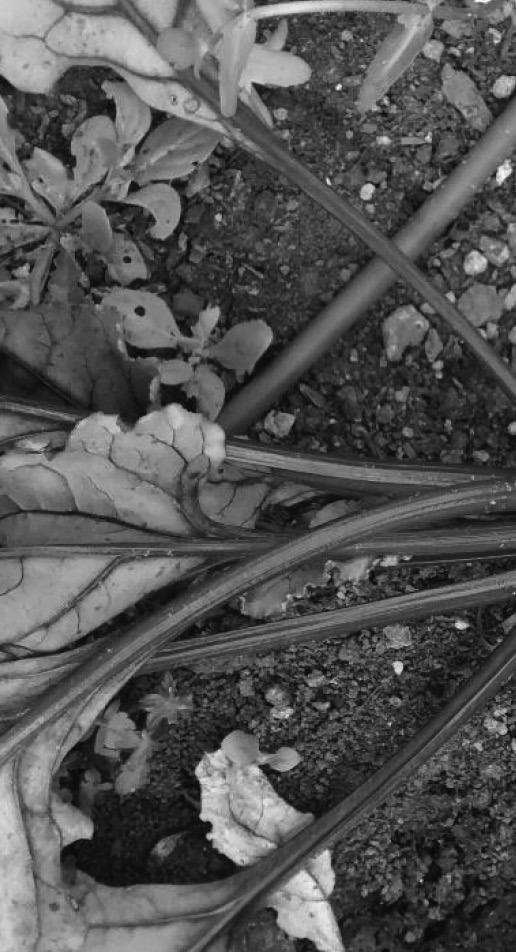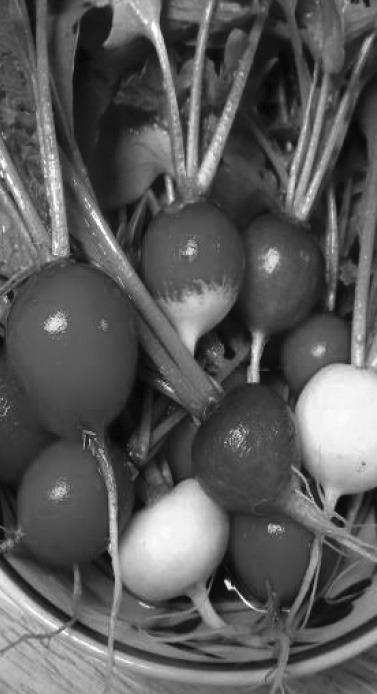GARDENING
from the Hays County Master Gardeners
Yes, it’s winter in Central Texas. However, that doesn't mean there is nothing for gardeners to do besides dream of spring. February is a great time to clean up your perennial beds and prepare for your spring vegetable garden.
In your perennial garden, it is time to cut back those of your herbaceous plants that die back with the cold but come back from their roots in the spring. This category includes Lantana, Esperanza, Pride of Barbados and the some of the salvias — such as Mealy Blue Sage and Tropical Sage. Cut these plants back to 3-6 inches from the ground. This will ensure that you don’t have dead stems in the middle of the fresh green growth in the spring. While you are cleaning up the debris from this pruning, you can clean excess leaves and other dead materials from the bed. This practice will give you a nice clean area for planting new plants or adding compost or mulch in the spring. Roses may also be pruned back as much as 1/2 around February 14.
February is also a good time to prune your trees if you have not done so already. The trees that should not be pruned between Feb. 1 and June 30 are the oaks, including live oaks. During this period, the beetle that carries the oak wilt fungus is active. Oaks need to be painted after pruning, although other trees do not.
For vegetable gardens, this is the month to begin working on your plans for a spring garden. If you are starting a new garden, select a sunny spot (eight hours of sun) that is close to a water supply. Decide if you will have an inground garden or a raised bed. The latter works really well in our rocky soils. Will you need fencing, soil, or compost to start your garden? If you have an existing garden, discard any end-of-life plants as well as any fruit or produce left behind. This is a good time to add a few inches of compost and mix it with any existing soil.
You should also decide whether to grow from seed or use transplants. If you plan to grow from seed, be sure to pay close attention to all the information on the seed packet. It should list a sell-by date of 12/31/2023. The packet will also tell you how many days until emergence, seed planting depth, seed spacing, row spacing, thinning requirements, and days to maturity. Use small, biodegradable pots and pack in high quality, fluffy potting soil. Keep the pots fairly warm and moist. After germination they will need 1416 hours of light and 6-8 hours of darkness. Some seeds to start right away are cantaloupe, cucumbers, eggplant, peppers and tomatoes. There are several very dependable Texas Superstar tomato varieties: Celebrity, Tycoon, and Dwarf Cherry Surprise (BHN 968).
If this sounds like too much work, you can always grow from transplants. Once the last frost date has passed, predicted to be March 8 this year, or when the soil temperature reaches 65-70°, you can put your transplants in the ground. A few transplants can even be planted now: broccoli (Green Magic), cauliflower, cabbage, kale, bulbing onion sets, Irish seed potatoes and spinach.
It is never too early to make plans for beautifying and enhancing your existing space, even if it’s an apartment balcony. If you’ve never tried gardening, it can be a new activity that is highly rewarding and therapeutic.




